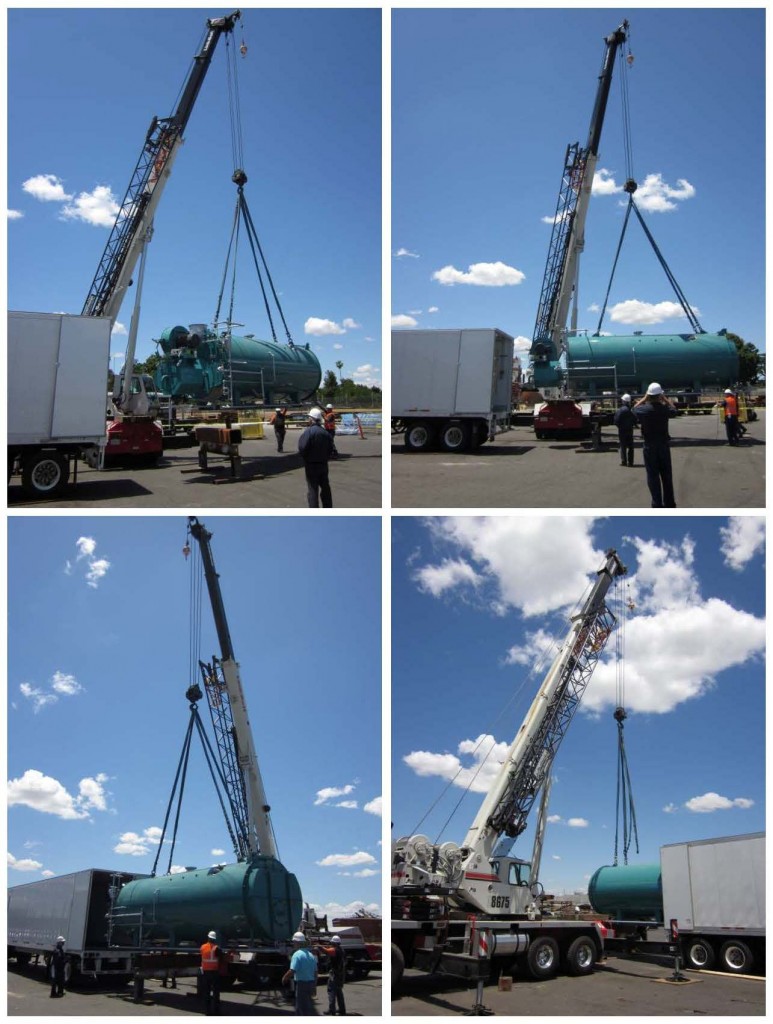We recently came across the following column written by Allan Bedwell, URS Corporation’s California Practice Leader for Climate Change & Renewable Energy Services. His article prepares food processors for the final implementation of AB 32, The Global Warming Solutions Act of 2006, aimed at reducing greenhouse gases.
AB 32 will certainly affect producers and processors, and, perhaps most importantly, will cause increases in the costs of energy inputs. As a result, costs relating to electricity, steam, fuel and water will be affected.
Don’t wait until it’s too late! Start preparing for AB 32 now and establish an AB 32 strategy. If you don’t know where to start, here’s where you can start:
This summer the California Air Resources Board (CARB) makes a series of AB 32 compliance and carbon allowance allocation decisions for food processors that will lock in facility carbon emission reduction targets for the next eight years. Before CARB locks in your facility carbon allowance allocations and launches carbon auctions, food processors should evaluate your options and chart a course forward to minimize your cost of compliance.
If you are wondering if you should buy carbon allowances during CARB’s upcoming auctions, the short answer is: Look before you leap. Before your company decides to buy or sell carbon allowances or offsets, determine what your facility compliance obligations will be during the next eight years and establish an AB 32 compliance strategy to guide your actions.
There are some key actions that food processors should do now to determine your compliance obligations and establish an AB 32 strategy. Actions to take now include:
- Strategically evaluate the baseline emissions data you are supposed to supply CARB by July 1. The agency will consider baseline years prior than 2008 to 2010.
- Estimate your carbon allowance allocations to determine if you are above or below CARB’s expected 90 percent allowance allocation.
- Develop cost curves for AB 32 compliance. Cost curves identify least cost options for achieving compliance and will serve as a compass to guide your company’s decisions about the relative value of reducing emissions on site, purchasing carbon allowances or offsets, banking emissions, or taking a hybrid approach.
- Calculate the net life cycle costs under different regulatory, allowance and offset cost scenarios. Net life cycle costs will guide your company’s effective comparison of emission management options.
- Actively evaluate CARB’s "benchmarking" methodology for carbon allowance allocations to determine if it’s accurate for your operations and processes. Each percentage point of lost efficiency can cost some facilities millions of dollars over the next eight years. Now is the time to negotiate with CARB before your emissions baseline, benchmarks and allocations are locked in.
- Before a product benchmark is established for food processors, determine its potential financial impacts to your facilities compared to the current allocation method.
- Approach the full costs of cap-and-trade strategically. Your electricity, steam, fuel and water suppliers will be affected by AB 32, and your facility will likely see significant utility cost increases as a result. Price your suppliers' carbon liability and incorporate the "pass-through" costs into a net life cycle analysis of your options. It may have a significant bearing on the actions you take under different regulatory and carbon market scenarios.
Carefully evaluate the full range of life cycle costs and the relative values of on-site reduction compared to buying or selling allowances and offsets. A large part of your AB 32 cost will come from increased energy costs. Not only can process improvements reduce your emission costs, but they can also reduce your electricity and gas bills.
A successful AB 32 compliance strategy has the flexibility to manage changing regulatory, legal and market conditions. Evaluate all your options and timing before you buy or sell carbon allowances or offsets. Most importantly, use net life cycle costs to chart your strategy to maximize the effectiveness of your actions to save costs under AB 32.




